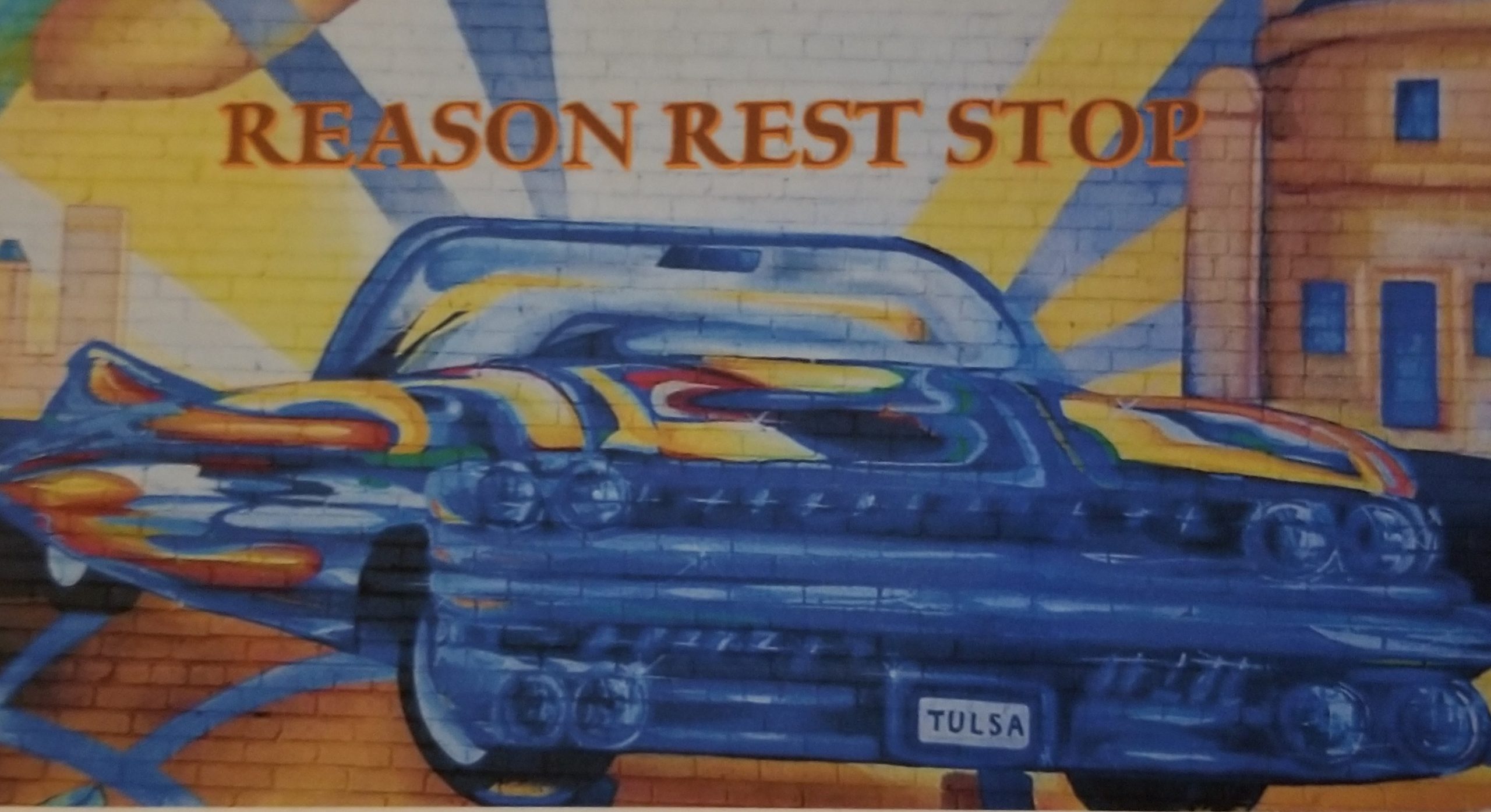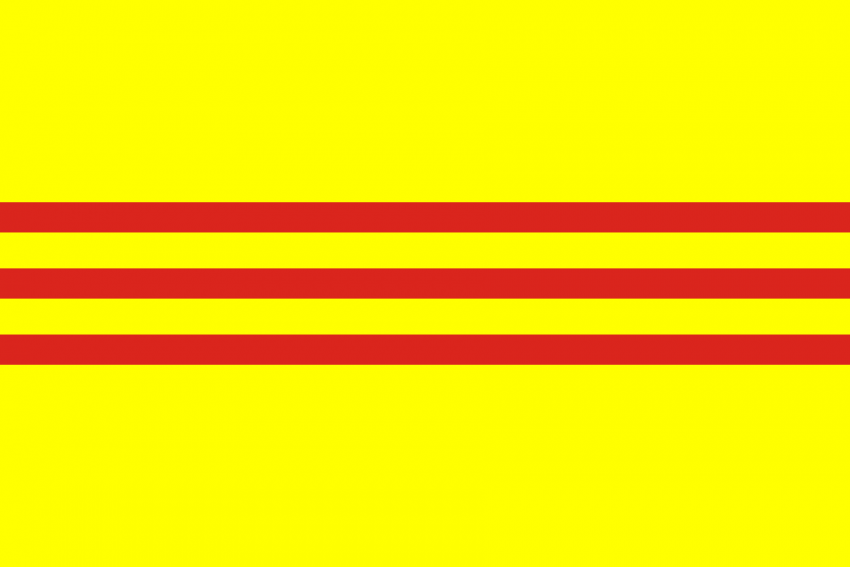President Nixon’s achievement of “Peace with Honor” with North Vietnam came crashing down with the Fall of Saigon forty years ago this week. Three North Vietnamese Army regiments seized the South Vietnamese capitol virtually unopposed and crashed the gates of the Presidential Palace soon after the U.S. diplomatic contingent evacuated the embassy along with as many South Vietnamese citizens as they could take with them.
For anyone in the information loop during the high level U.S. negotiations with North Vietnam in 1972-73, this was not unexpected as it was the end result of not only a process but a tacit agreement made by then Secretary of State Henry Kissinger and the North Vietnamese via Chinese Prime Minister Zhou Enlai. In May of 2006, the National Security Archive at George Washington University declassified these documents which indicate that the U.S. leadership was entirely okay with a communist takeover of South Vietnam. Indeed, the “decent interval” Secretary Kissinger sought amounted to exactly twenty-five months and one day from March 29th, 1973 when the last U.S. combat troops left South Vietnam to April 30th, 1975 when Saigon fell without outside intervention of the United States or anyone else. This event marked the end of one ugly chapter of history for Vietnam and the beginning of another.
As was noted above, U.S. direct military involvement in South Vietnam ended on March 29th, 1973 when yours truly was an eighth grader at then Wilson Junior High in Tulsa. I remember the TV news coverage of the frantic evacuation of Saigon on April 30th, 1975 when I was a 10th grader at Tulsa Will Rogers High. I recall certain of the accessible file photos of all available Seventh Fleet ships taking on as many fleeing South Vietnamese as they could hold and aircraft used for evacuation being pushed overboard to make room for others to land.
The exodus from Vietnam did not end with the deluge of humanity on April 30th, 1975. Many thousands of South Vietnamese facing “re-education” and other sorts of sanctions imposed by the victorious communists from the North chose to take their chances at living as free people somewhere else rather than suffering under such oppression. Vietnamese Boat People fled their country on overcrowded and often unseaworthy boats by the thousands from the time Saigon fell until the early 1990s. This fallout resulting from U.S. diplomatic and policy failure was something I got to know up close and personal during my first enlistment in the U.S. Navy. During our deployment to the Western Pacific in late 1980, my ship was able to rescue over 280 Boat People in two recovery operations.
Photos courtesy of USS Robison (DDG-12) WESTPAC 1980-81 Cruisebook
The Vietnam War is an enduring memory of my childhood having watched it on TV every evening at dinner time until its bitter end. Having been directly involved in the legacy of that war in rescuing people fleeing its end result is something which defines my character along with that my fellow shipmates. I am proud to say that the greatest thing I ever did as a member of the United States Navy was not an act of war but an act of humanity. The video linked below is a digitalized version of footage shot two days after we rescued 262 souls on December 12th, 1980 who survived their ordeal. They are now collectively known as Boat-262. The sailor giving the interview is my old division Leading Petty Officer, Navy Counselor 1st Class Richard Calcagni from the South Bronx, NY. This video will make anyone proud to be an American.
Here’s to remembering those who did not survive in their quest to be free.


1 thought on “Saigon in memoriam”